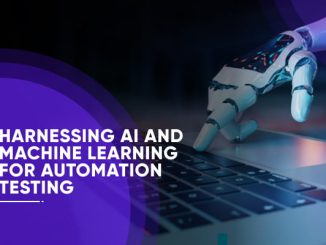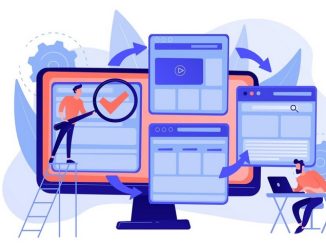Software Testing Articles: Load Testing, Unit Testing, Functional Testing, Performance Testing, Agile Testing, DevOps
As a decision-maker for your business, you are faced with challenging questions every day. Whatever industry you work in, there are business technologies that you rely on to create an efficient operation and keep your employees on the same page. One of those technologies may be an enterprise resource planning program or ERP.
If you’re looking at digital signage software, chances are that you already have a pretty good idea of its benefits. If not, consider the findings of a research study published in the Journal of Advertising Research that states, “shoppers are most responsive to messages that relate to the task at hand and their current need state, and least responsive to traditional brand messages.”
Picture this: you’ve always tested software by checking if it does exactly what you designed it to. Now, imagine working with an AI that writes poems, designs images, or even codes on its own. How do you know if it’s doing a good job? That’s the fascinating challenge of generative AI testing.
In the dynamic realm of web development, ensuring website quality and reliability is paramount to delivering exceptional user experiences and maintaining a competitive edge in the digital landscape. Software testing is a cornerstone of quality assurance, playing a pivotal role in website creation and ongoing support.
In today’s digital world, web applications play a crucial role in various industries, providing services, conducting transactions, and engaging users. As the demand for web apps continues to grow, ensuring their quality is of utmost importance. This is where software quality assurance (SQA) comes into play.
As we enter the age of smart technologies, automated testing has become an indispensable part of modern software development. As the demand for quick and reliable testing grows, integrating AI tools into creating test scripts is becoming a standard practice.
While revamping aging business systems, rigorously testing new components minimizes disruption risks before deployment. We explore best practices to confirm that stability, seamlessness, and security meet standards throughout the transformation process.








